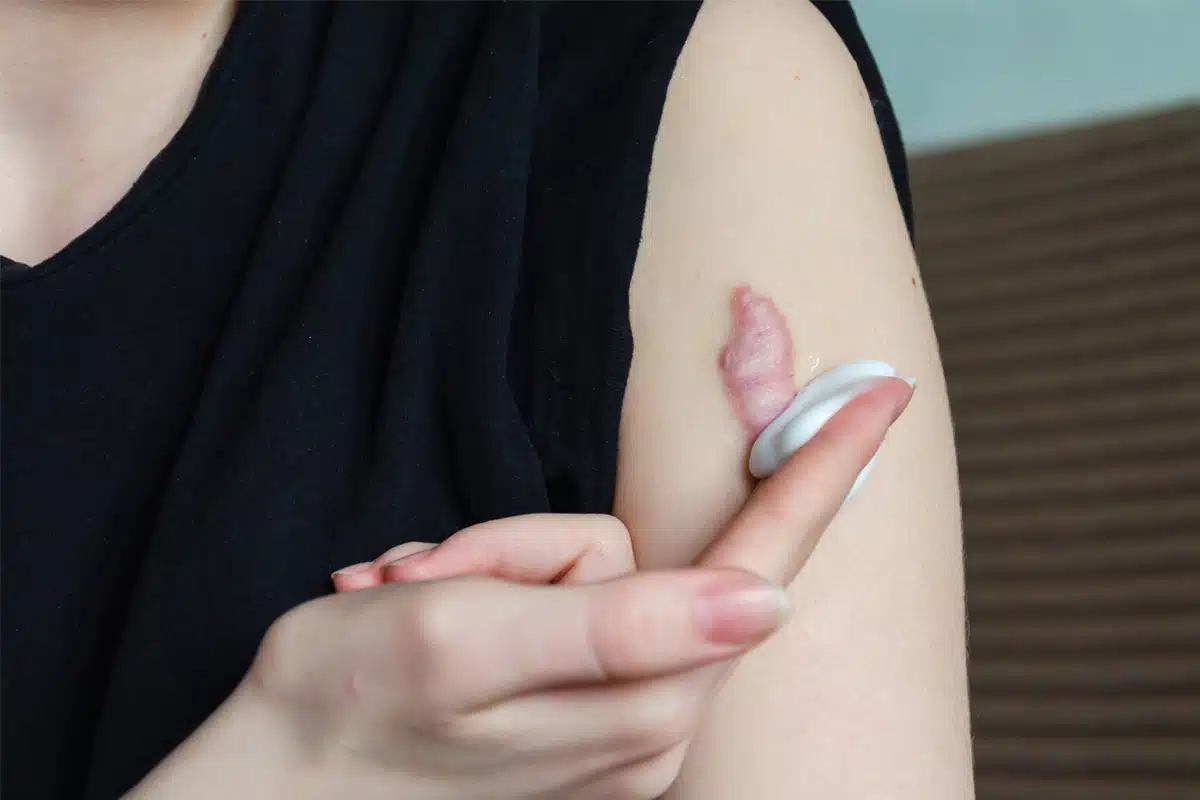Does Laser Remove Hair Permanently?

Laser hair removal is a highly popular treatment known for its long-lasting effects in reducing unwanted hair. While it is often referred to as a permanent hair removal solution, it is important to understand that the treatment generally results in permanent hair reduction rather than complete and permanent hair removal for everyone. Several factors influence how permanent the results of Laser hair removal in Dubai can be. Below is an in-depth exploration of whether laser hair removal can remove hair permanently.
Understanding How Laser Hair Removal Works
Laser hair removal works by using concentrated beams of light to target and damage the hair follicles. The light emitted by the laser is absorbed by the pigment (melanin) in the hair, which converts it into heat. This heat damages the hair follicle, inhibiting its ability to grow hair in the future. The laser energy selectively targets the hair without damaging the surrounding skin.
Since hair grows in different cycles (growth, rest, and shedding phases), laser hair removal is most effective during the active growth phase (anagen phase). Because not all hair is in the same phase at the same time, multiple sessions are needed to treat hair at various stages of growth.
Permanent Hair Reduction vs. Permanent Hair Removal
One key aspect to understand is the difference between “permanent hair reduction” and “permanent hair removal.” While laser hair removal can lead to significant long-term reduction in hair growth, it does not guarantee that all hair will be permanently removed. The goal of the treatment is to reduce the number of active hair follicles, leading to lighter, finer, and less noticeable hair regrowth. In most cases, this results in permanent hair reduction rather than complete removal.
Factors That Influence the Permanence of Laser Hair Removal
The permanence of laser hair removal can vary depending on several individual factors:
- Hair Color: Laser hair removal is most effective on individuals with dark hair and light skin. The contrast between the dark pigment in the hair and the light skin allows the laser to more effectively target the hair follicle. For people with lighter hair (blonde, gray, or red hair), the treatment may not be as effective, as the laser has more difficulty identifying the lighter pigments.
- Skin Type: Darker skin tones may require special laser technologies, such as Nd:YAG lasers, which are designed to target hair follicles without damaging the skin. However, in some cases, darker skin can be at a higher risk for pigmentation changes or side effects.
- Area of Treatment: Certain areas of the body may respond better to laser hair removal than others. For example, areas with thicker, darker hair (such as the underarms or bikini line) tend to yield more permanent results compared to areas with finer or lighter hair (such as the face or arms).
- Hormonal Influences: Hormonal changes can impact hair growth. Conditions like polycystic ovary syndrome (PCOS) or pregnancy can lead to hormonal imbalances that may cause hair regrowth after treatment. As a result, regrowth may be more common in areas like the face or chin, where hormonal fluctuations can lead to new hair growth even after several treatments.
How Many Sessions Are Required for Long-Term Results?
Laser hair removal typically requires multiple sessions for optimal results, with the number of sessions depending on the area being treated and the individual’s hair type. Generally, 4 to 6 treatments spaced 4 to 6 weeks apart are recommended. This allows the laser to target hair in the active growth phase, which varies across different hair follicles.
After completing a series of sessions, most individuals will experience significant hair reduction. However, because hair grows in cycles and some follicles may not have been in the active growth phase during the initial treatments, maintenance sessions may be required. These maintenance sessions are typically spaced a few months apart and help address any regrowth that may occur.
Can Hair Grow Back After Laser Hair Removal?
While laser hair removal can significantly reduce hair growth, it is not always guaranteed to prevent all hair from regrowing. Several factors may contribute to hair regrowth after treatment:
- Incomplete Follicle Destruction: The laser targets the hair follicle with the goal of damaging it to prevent future hair growth. However, not all follicles are affected in the same way, and some may survive the treatment. As a result, new hair growth may emerge over time, but it is often finer, lighter, and less noticeable.
- Dormant Follicles Becoming Active: Hair follicles that were dormant during the treatment may become active later on, leading to new hair growth. This is more common in areas with fluctuating hormone levels.
- Hormonal Changes: Hormonal shifts, particularly during pregnancy or menopause, can stimulate new hair growth in treated areas. These hormonal changes can affect hair follicles that may have been dormant or inactive during the laser treatment.
Maintenance Sessions and Regrowth
In most cases, a few maintenance sessions may be necessary to keep the area hair-free or to address any regrowth that occurs over time. These follow-up sessions are generally quick and can help maintain the effects of the initial treatments. For some individuals, maintenance treatments may be required annually or every few years to keep the treated area smooth.
Side Effects and Risks of Laser Hair Removal
While laser hair removal is generally safe and effective, it is important to consider potential side effects. These include:
- Skin Irritation: Redness, swelling, or irritation may occur immediately after treatment but typically resolves within a few hours to a day.
- Hyperpigmentation or Hypopigmentation: In some cases, the skin in the treated area may darken (hyperpigmentation) or lighten (hypopigmentation), especially in people with darker skin tones.
- Burns or Blisters: Although rare, improper technique or using the wrong laser for a skin type can cause burns or blisters.
- Scarring: Although scarring is uncommon, it can occur if the skin is improperly treated or after repeated exposure to the laser.
Conclusion: Does Laser Hair Removal Remove Hair Permanently?
Laser hair removal offers a highly effective and long-lasting solution for reducing unwanted hair. However, it is important to note that laser hair removal typically results in permanent hair reduction, not complete permanent hair removal. The treatment can significantly reduce hair growth, making regrowth finer and less noticeable, but some regrowth may still occur over time.
For most individuals, laser hair removal provides long-term results, and with regular maintenance sessions, the need for other hair removal methods like shaving or waxing can be dramatically reduced. While it does not guarantee the permanent removal of all hair, laser hair removal remains one of the most effective, long-term options available for hair reduction.




